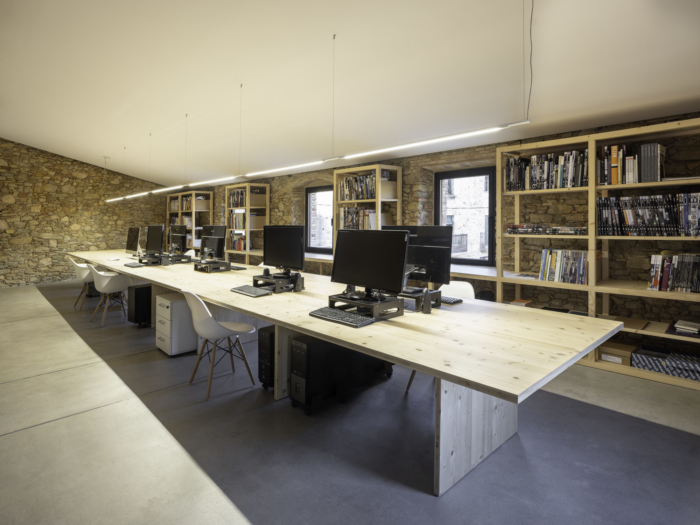
NordEst Arquitectura Offices – Palau-sator
A barn dating back to 1838 has been transformed to house NordEst Arquitectura's creative team, keeping and repurposing the essential historical details reflective of the Palau-sator area of Spain.
NordEst Arquitectura completed their own workspace from an old barn in Palau-sator, Spain.
The building of the new office from Nordest Arquitectura is placed in an old barn in PalauSator, an old medieval village in Girona, Catalunya. It’s exceptional location is characterized to be the background of the Square “de la Font”, a square placed in front of the old walls of the village, which received this name because of the fountain of the well, protected with a dome roof. Although it is difficult to determinate the construction year of the barn where is placed the new office, the first date registered of the building that we have found is from the 1838. Until 2016, the use of the original building was related with the agriculture and animal husbandry, like a warehouse of grain and hay, and at the same time as a stable for cattle. Then, the owner begans a renovation works to change the original use for another of a rental touristic apartment. It was during that works, totally unknowed by us, that was born to us the necessity to move from the small office we were in to another bigger, because the new works and the team were growing fast. May be it was chance, or may be it was because in the small villages everything is known from everybody, but it was when after a time of research for a new place for work that the owner of the building offered to us the option to move to it.
We found the original building modified because of the touristic apartment renovation. The facades were partial modified with new windows and the interior was divided in two levels with a concrete slab. The roof was also completely renovated. None of the interventions done before in the building kept or respected its original character and heritage.
Our intervention does the opposite. We try to respect all the original building elements, showing them the maximum possible and accepting the modified parts during the life of the building, keep the once that are useful and deleting the once that can’t be useful for the new use of the building.
The renovation and its materializations dialogues with the original materials through the contrast and the overlaying of the new materials that make up the different spaces that form the needs program of the new office.
The spaces organization and its distribution respect the logics of the current structure and its adapted to the new functional requirements. On the ground floor there are the public parts of the program, reception, meeting room, multifunctional space, storage and services. The distribution is solved with three close volumes and another one semi open volume. These four volumes are placed on the corners, and it allows freeing a cross shape space in between them for the circulations and multifunctional space. At the same time, this central space of circulations is related with the outside square with the big glazing from the entrance, on that way, the inside becomes a continuity of the outside public space. The other uses of this level are placed into the boxes. The first floor is totally use as a working area. An open space without divisions, where the main character is a huge table where all the team is working in parallel. The organization of this space is done by the furniture, table and shelves, custom made and special designed for the context of this project; they define the organization characteristics of this level.
The intervention is solved using a few materials beyond the existing ones. Keep the original stone where it can be seen, plaster on the parts of the walls and ceilings that didn’t show the natural stone, concrete pavement with dilatations joints, which with its composition showed the importance of the existing brick pillar, light wood wall divisions that wants to contrast with its lightness with the heaviness of the stone walls. All the furniture, tables and shelves are made with the same materiality. The main staircase is reused, we finish it with natural ceramic bricks, material that is present in other parts of the building. The railing is simply solved with ropes. All the functional and service parts (kitchen, storage, clothes cupboards …) are placed inside the depth of the wood walls of the volumes. The entrance door, is made of wood, inside with the same finish as the rest, on the outside, it’s burned to achieve a finish with a special integration with the surrounding, and to get a protection.
Design: NordEst Arquitectura
Photography: Filippo Poli
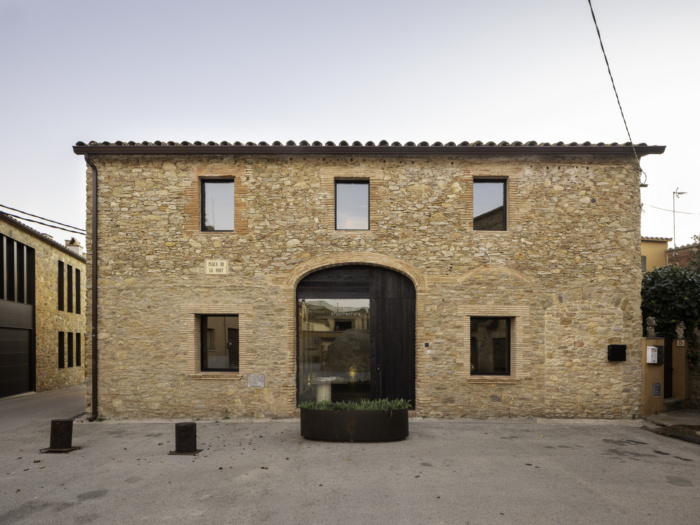
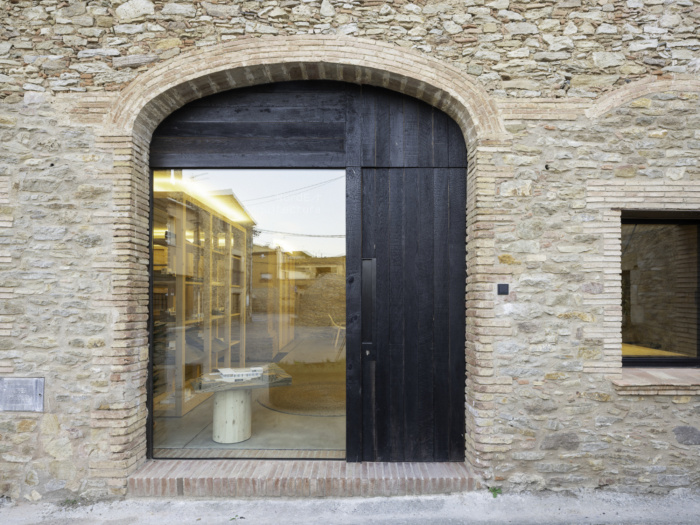
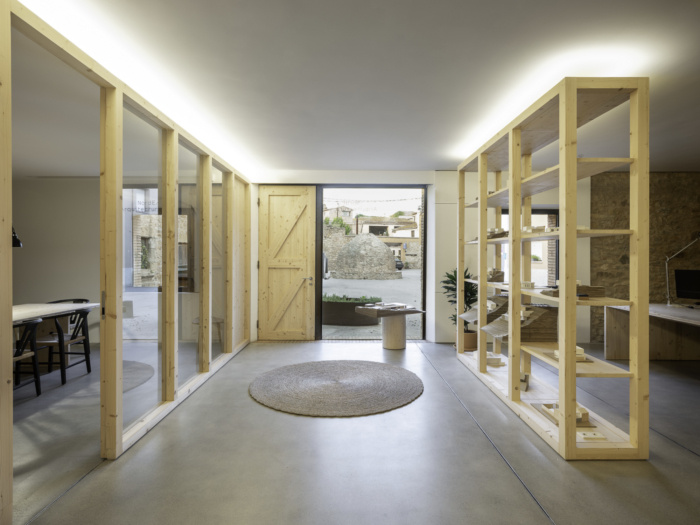
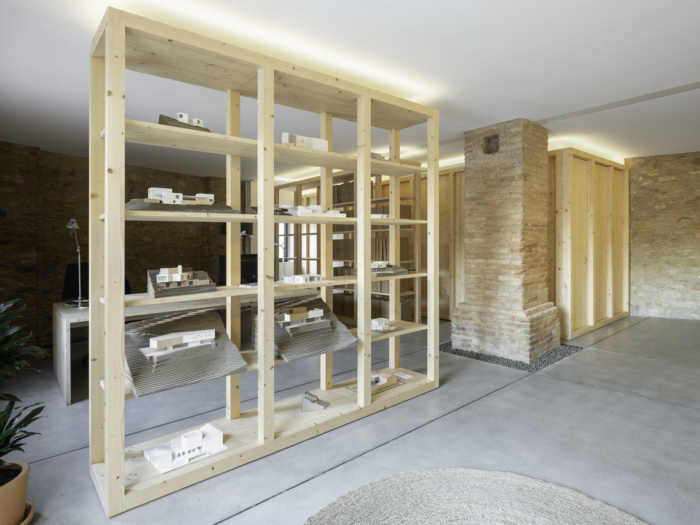
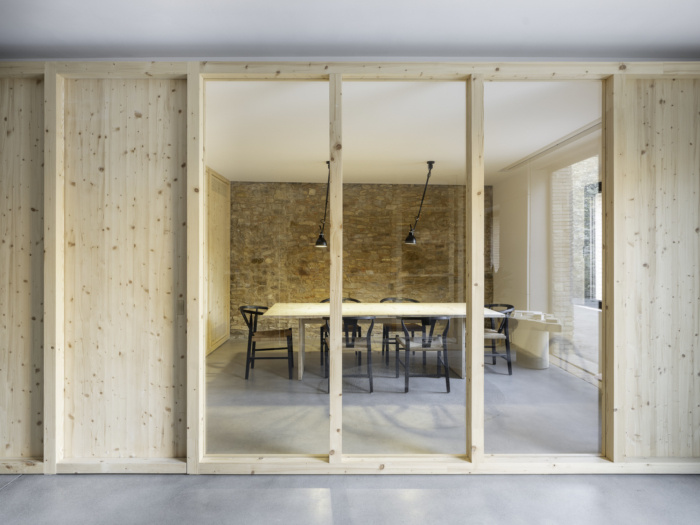
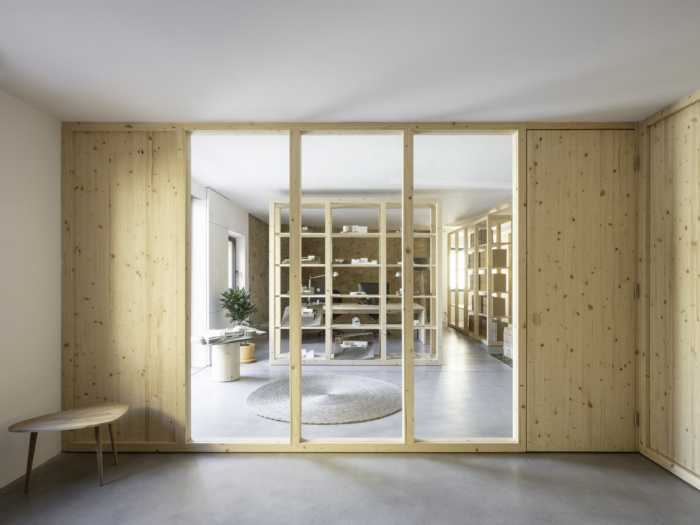
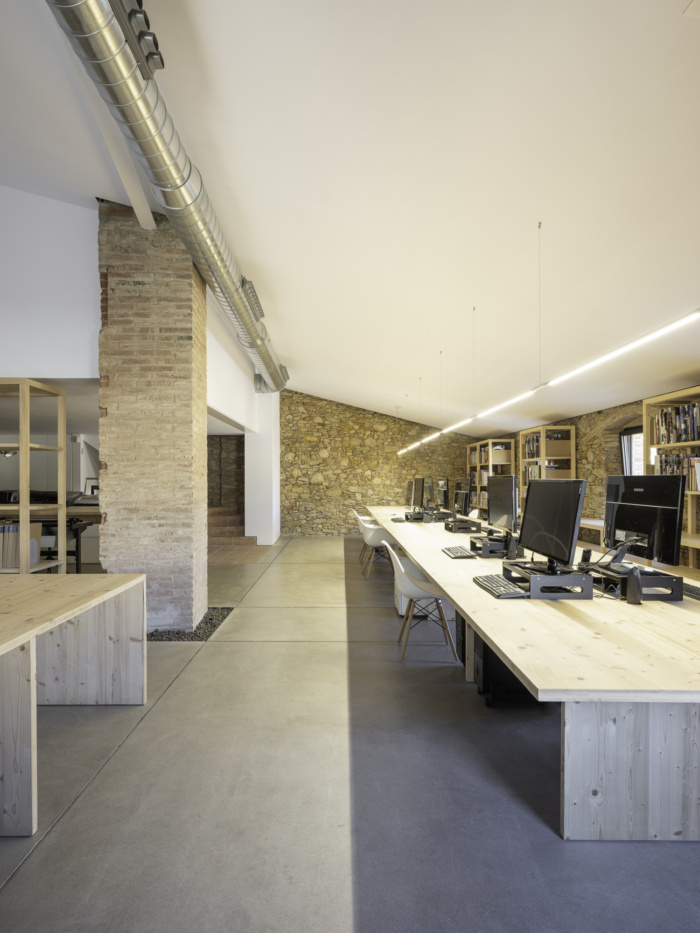
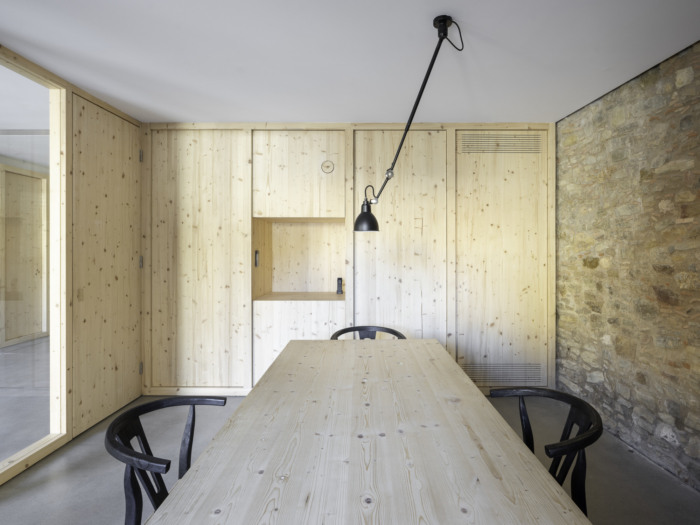
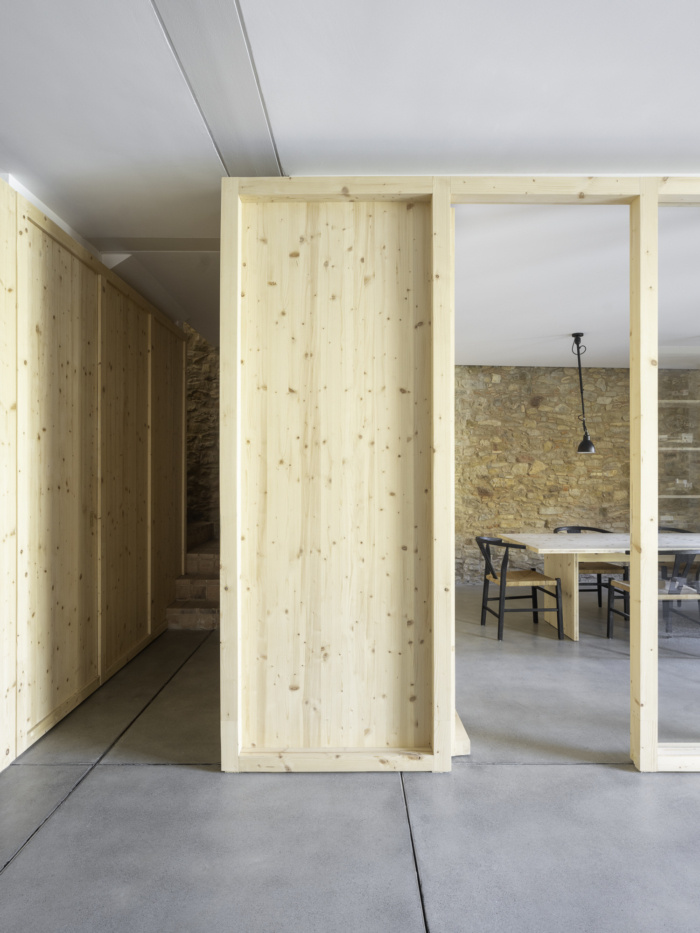
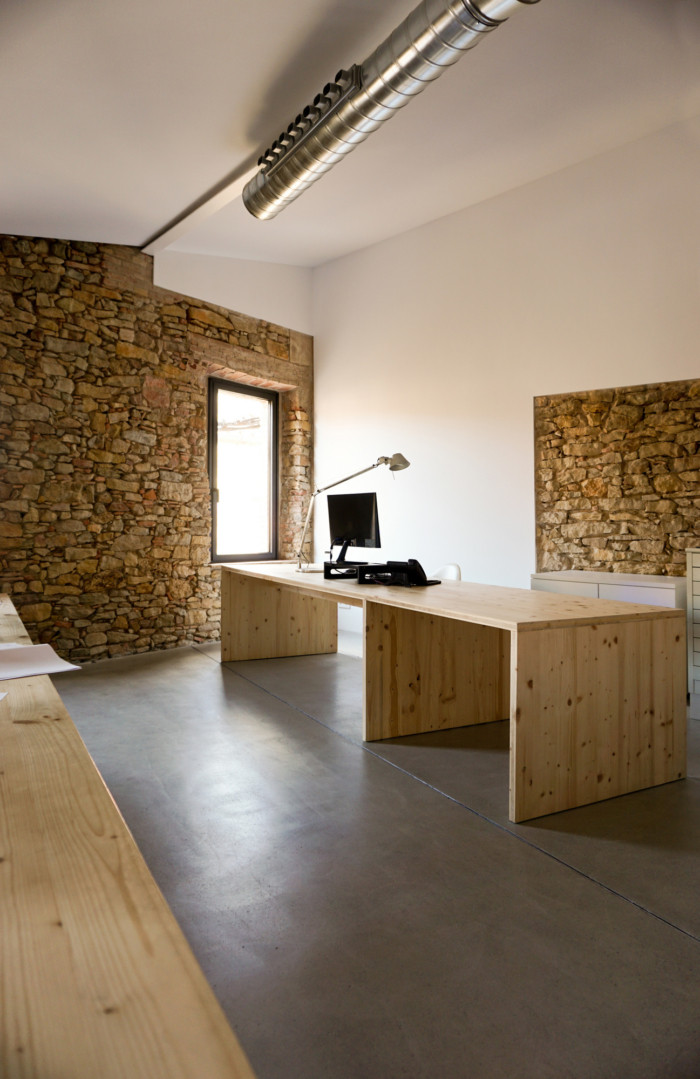

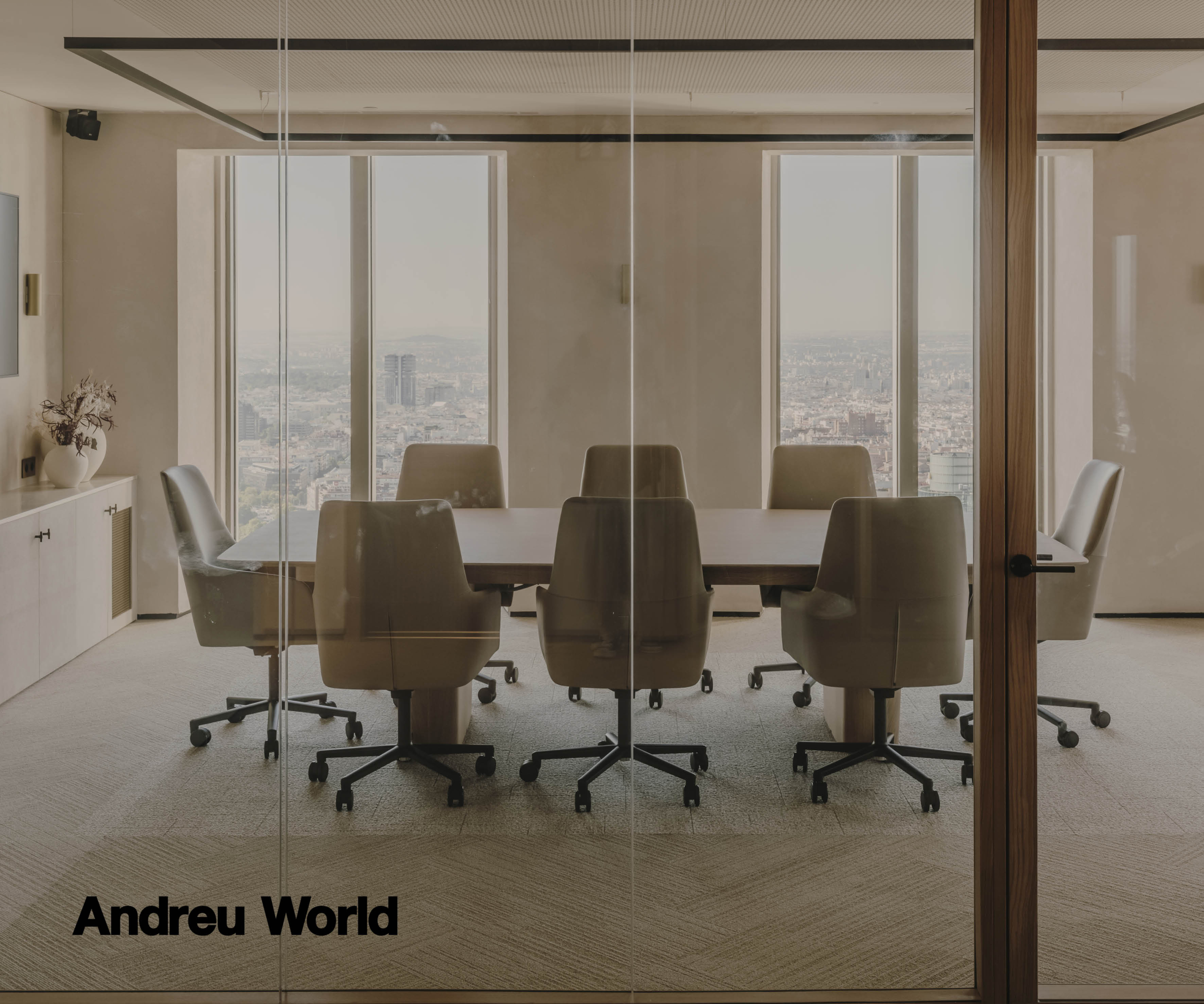
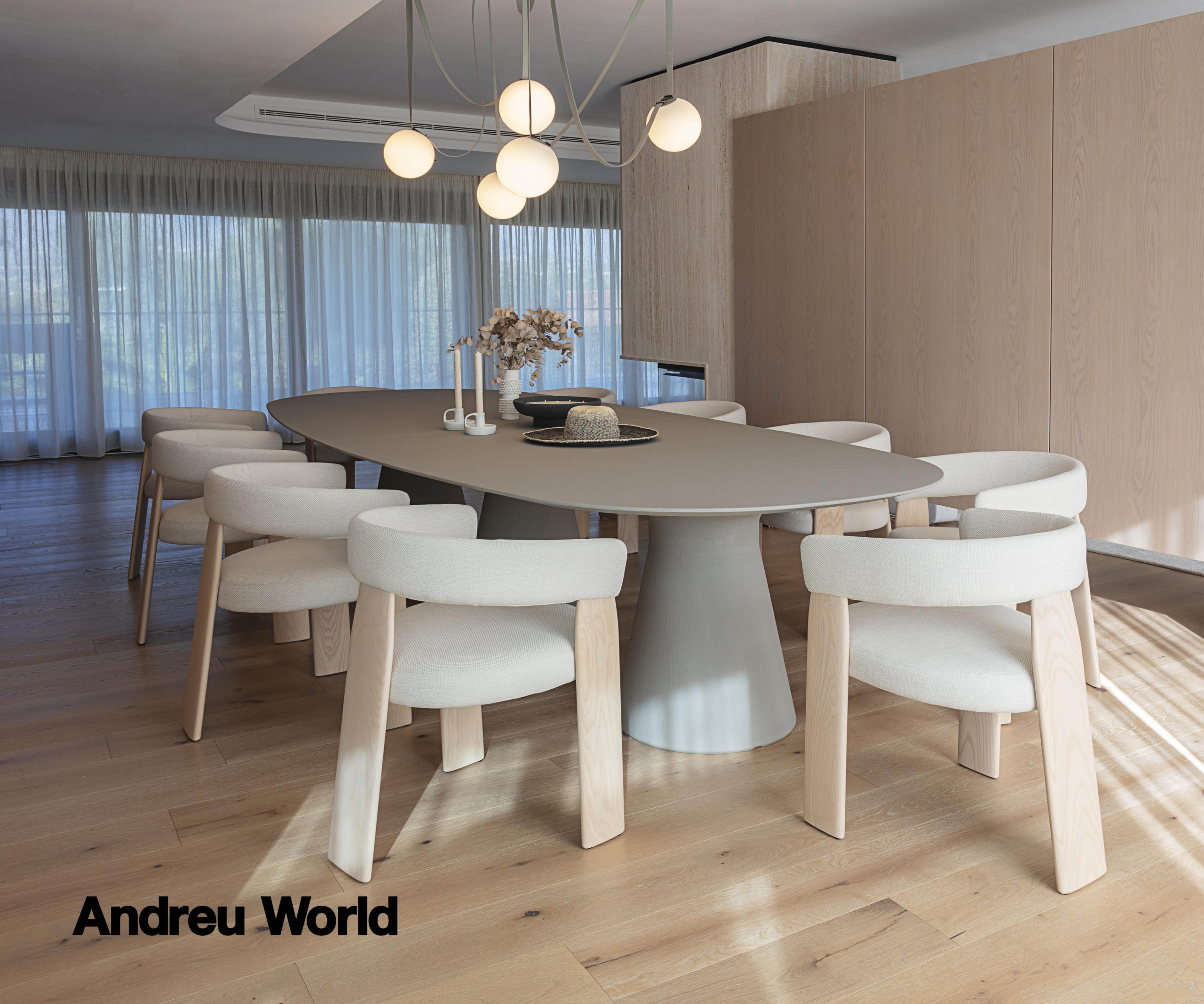


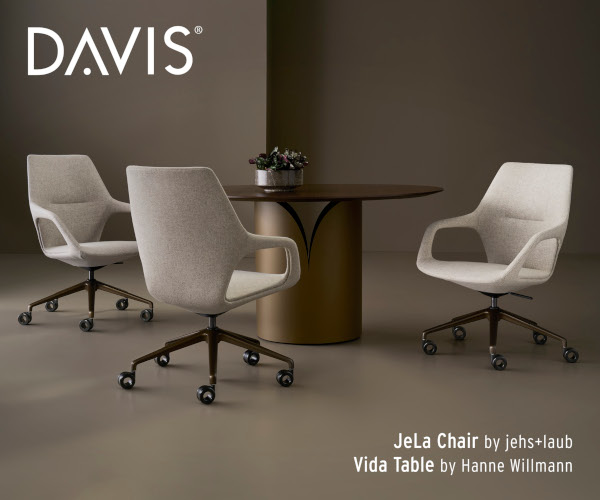

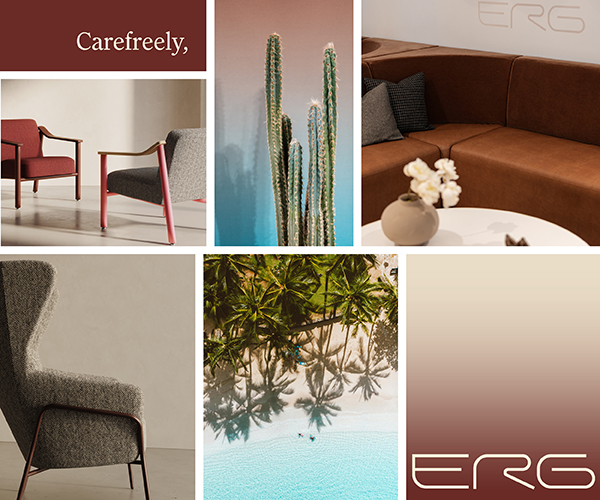



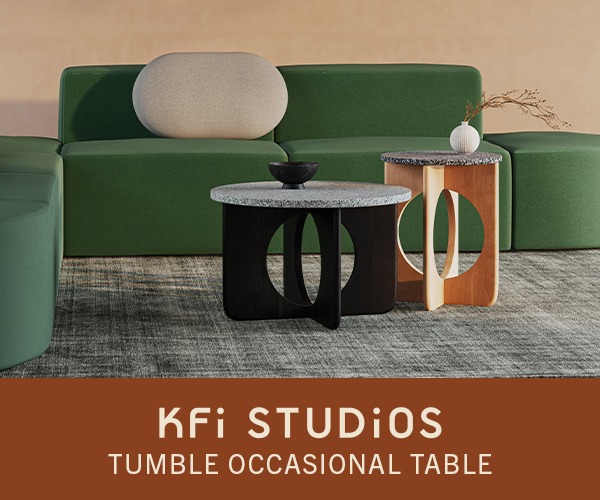
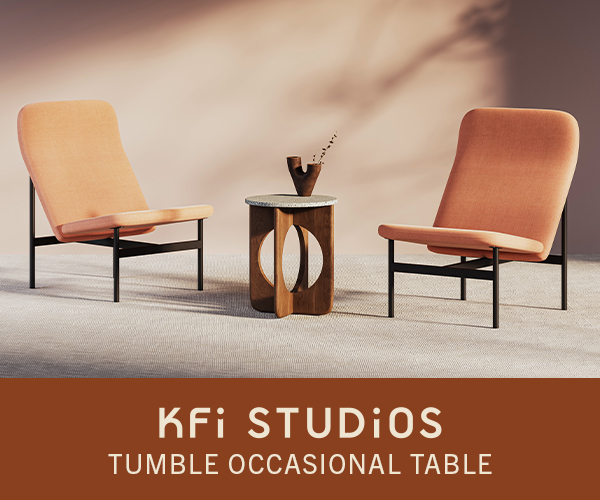
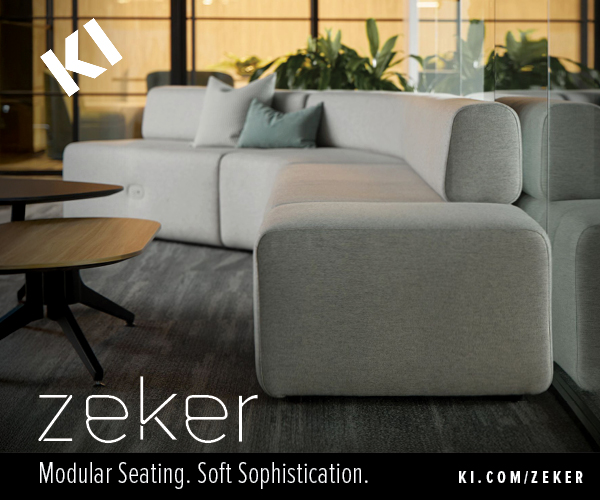


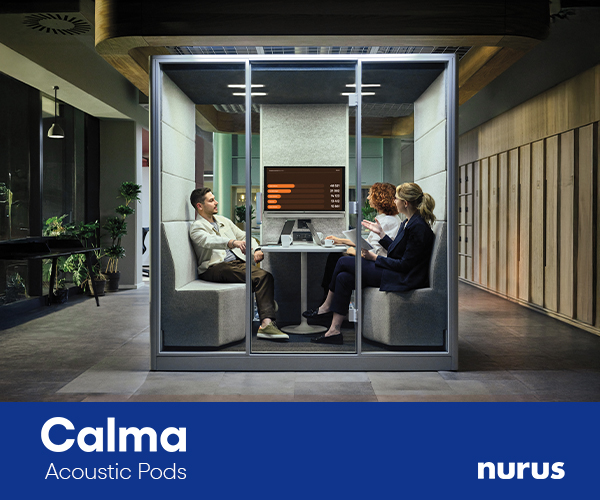

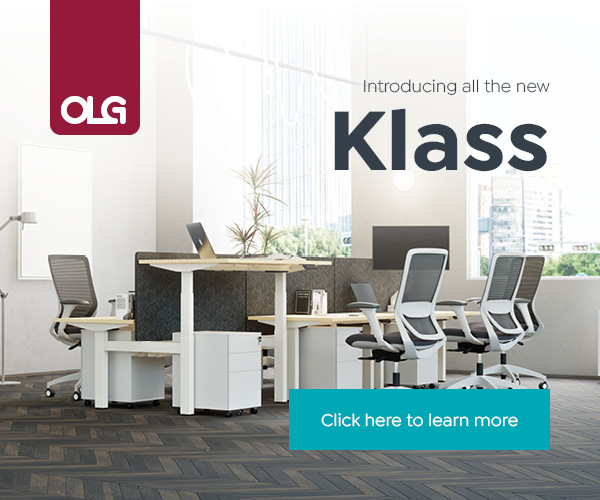


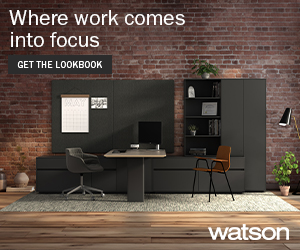
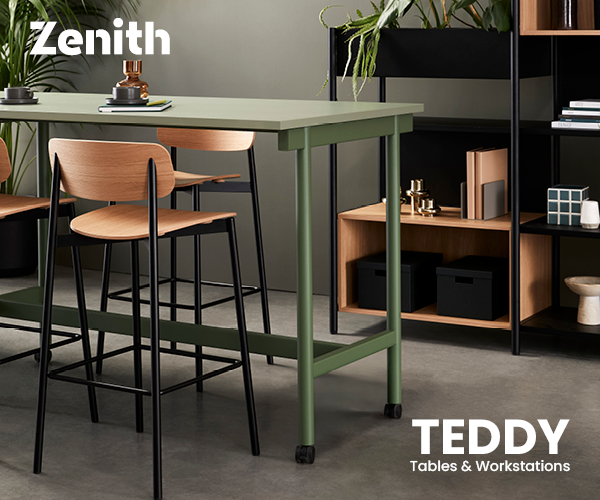
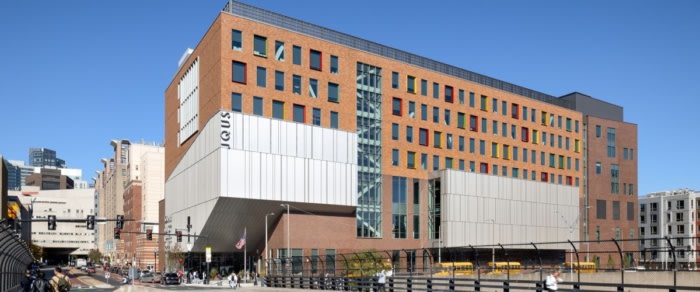
Now editing content for LinkedIn.